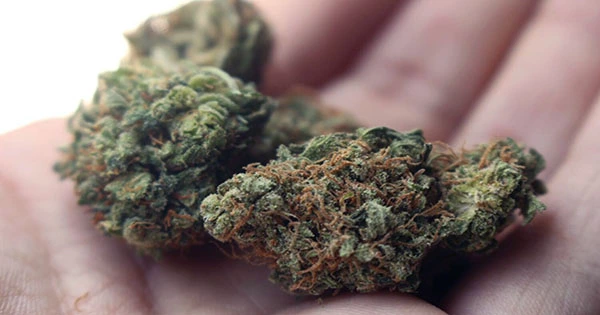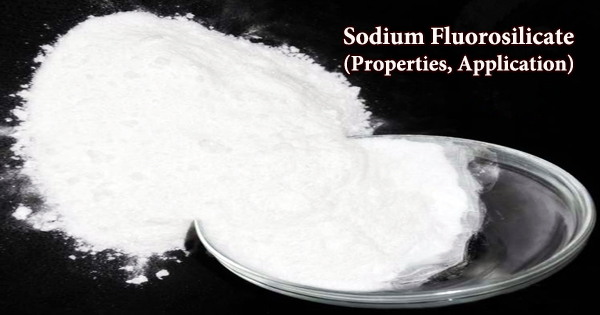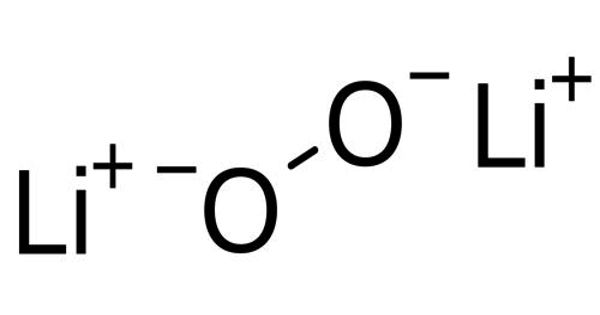Cannabis dispensaries and dealers sometimes provide a menu of strains with all sorts of strange and funny names that could only have been concocted by a stoned person. The new study, however, reveals that this labeling is often little more than deceptive marketing. Recent research published in the journal PLOS ONE looked at tens of thousands of marijuana samples from commercial dispensaries and discovered that strain designations were frequently inaccurate, misleading, or incorrect.
Despite the fact that cannabis has been legal in certain jurisdictions for ten years and has since evolved into a multibillion-dollar business, the researchers claim there is still no uniform labeling system, which leads to uneven labeling. “A farmer cannot just pick up an apple and name it a Red Delicious. A brewery can’t just call their beverage a Double IPA on the spur of the moment. There are guidelines to follow. But that is not the case in the cannabis sector, according to Nick Jikomes, study co-author and head of research and innovation at Leafly.com, an e-commerce cannabis marketplace.
To date, this is the biggest chemical analysis of commercial dispensary-grade cannabis. They examined more than 90,000 samples from six states, looking for common strain names prevalent across the country. Some strains, such as “White Tahoe Cookies,” were remarkably consistent from batch to batch, regardless of where the researchers purchased them. Other strains, including “Durbin Poison,” were discovered to be “consistently inconsistent.”
The chemical components of the strains may be all over the place, regardless of what the label claimed. To determine the amounts of cannabis, the scientists performed a chemical analysis. This includes THC, the psychoactive component of cannabis, as well as terpenes, the chemical components that give cannabis its scents and fragrances. The majority of cannabinoids in recreational cannabis were psychoactive THC, as expected. Meanwhile, individuals rich in the terpenes caryophyllene and limonene, myrcene and pinene, and terpinolene and myrcene tended to fall into three categories: those high in caryophyllene and limonene, those high in myrcene and pinene, and those high in terpinolene and myrcene.
However, the Indica, Sativa, and Hybrid labeling schemes did not necessarily correlate to these three groups. “In other words, a sample branded ‘Indica’ is likely to contain a terpene composition that is indistinguishable from those labeled ‘Sativa’ or ‘Hybrid,'” the paper states. Some farmers appear to be paying special attention to quality, ensuring that their product includes exactly what it states on the box, according to the study.
However, the cannabis market remains a bit of a “Wild West” with minimal controls, allowing some manufacturers to be sloppy with labeling. The researchers say that this must alter if the cannabis sector is to become credible. “Our findings show that the current labeling system is not an effective or safe approach to give information about these items,” said Brian Keegan, an associate professor of Information Science at CU Boulder and co-author of the study. “This is a significant problem for an industry that is attempting to become more professional.”
Along with market control, the team feels that a better knowledge of the chemical makeup of cannabis strains is also required. Perhaps, in the future, we’ll see labels that include the whole list of components that people are taking into their bodies, including THC and CBD, as well as terpenes, flavonoids, and other compounds. “It’s as if the only information on your cereal box was calories and fat,” Keegan continued. “As customers, we need to demand more information.” The industry will respond if we do it.”
















